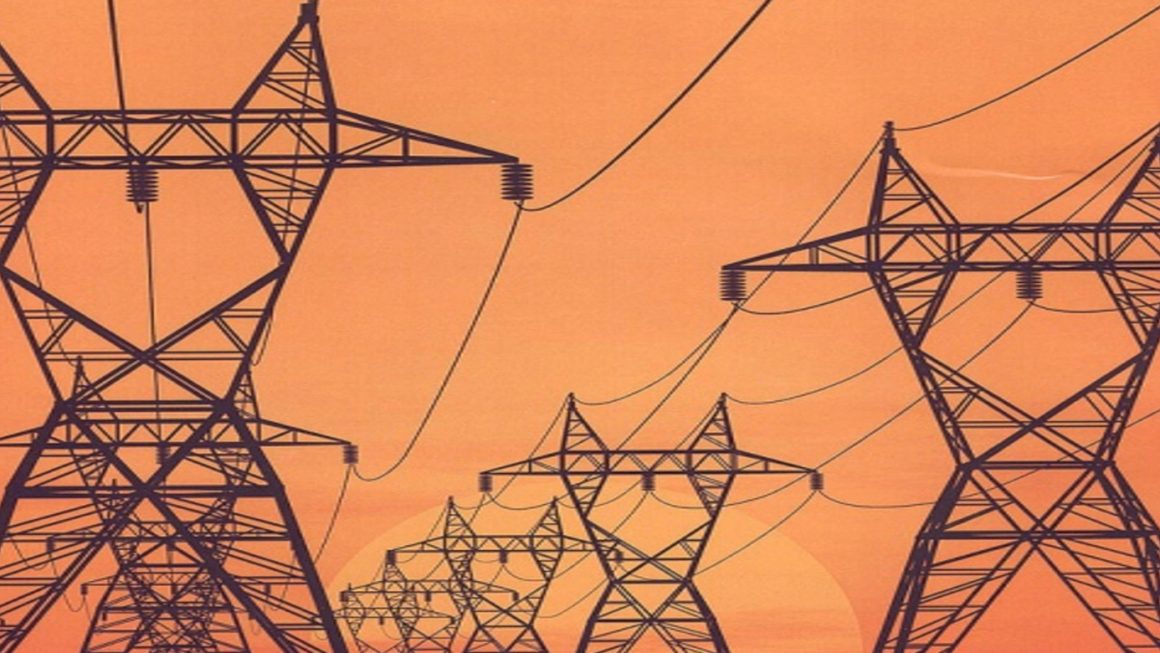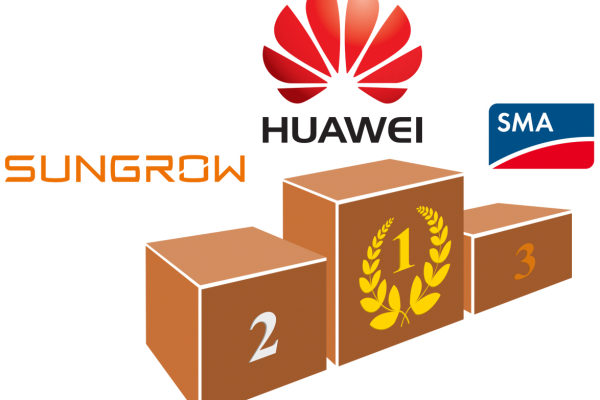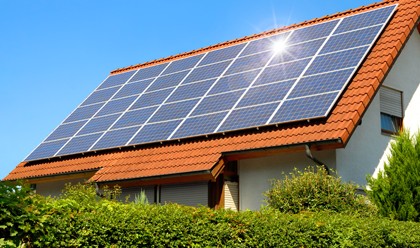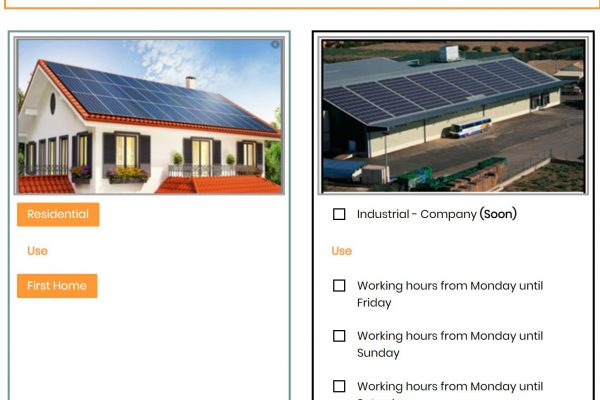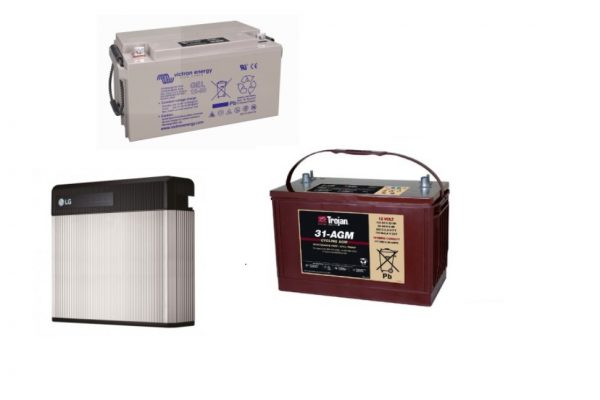Expert opinion on the main questions for the PV industry future
What challenges is the PV industry currently facing?
The PV industry is one of the fastest-changing industries in the world. There are several challenges that PV would be facing in the closest future. Among them, there are 3 major challenges that need to be addressed in the next 5 years:
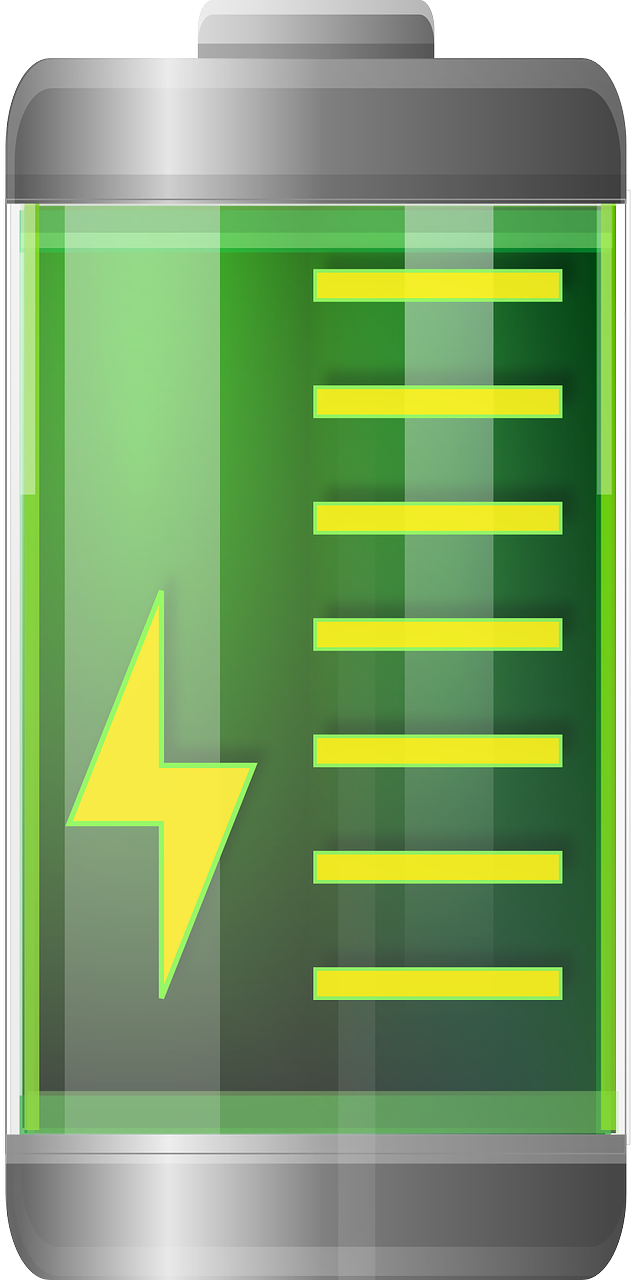
- Cheaper storage solutions. Regardless of the segment (utility-scale or commercial & industrial segment) the major challenge PV industry to be faced in the coming years is the development of cheaper storage solutions. In terms of the cost of generation or LCOE solar industry is already for large power plants cheaper than most of the conventional sources of energy. However, managing the solar generation with the rather low predictability of its production makes the solar plants complicated to operate particularly when user’s consumption is at night. Achieving a lower LCOE of solar combined with storage it the steppingstone for solar to be the major source of electricity worldwide. Some reports from prestigious institutions foreseen that solar will coupe 50% of the solar mix across the world. Storage will also be key in insular countries which are currently powered by diesel gensets. What technology will be the chosen one? Will be a shortage of raw material when consumption of batteries booms alongside with the growth of electric car. This is something to keep an eye on in the coming years.
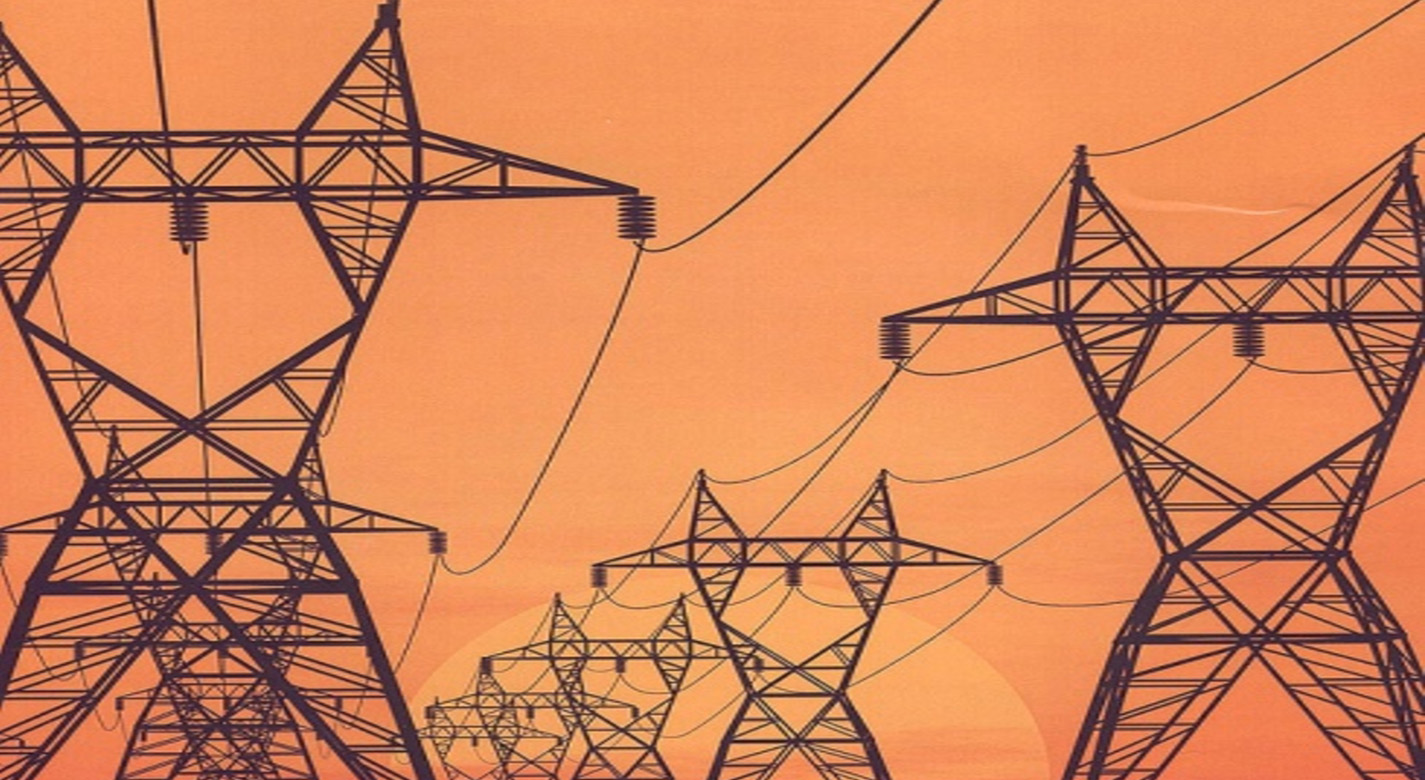
- Grid development. Poor grid development particularly in developing countries is the second challenge solar PV will have to overcome. When talking about centralized electrified systems where power is produced massively in utility-scale plants grid is a crucial element to ensure the sustainability and supply of consumers. With a rapid deployment of the solar industry some parts of the grid can no accommodate such amount of power since the renovations and updates of the grid cannot keep the pace of renewables industry development. In some countries where the grid is well established the connection points start to a scarce resource with high costs. This is the case in Spain.
When looking to countries under development the situation is even more complicated. With country economies growing strongly where energy supply is needed to maintain the growth electric grids are the bottleneck. If they exist, they are poorly developed, old, and in some cases unreliable. This is particularly challenging when connecting solar plants with large power which provides power peaks to the grid frequently. Electrical grid coverage in those countries is a major challenge when analyzing energy centralized systems. The demand is growing, and the power is needed but if it cannot be distributed properly some countries are covering the gap with isolated diesel genset which are more pollutant and costly but much faster to install.
Some countries are turning their efforts to different systems more oriented to Distributed Generation through off-grid solar systems and or microgrids. Major challenges here come to financing such projects. If we are talking to develop a microgrid someone must invest, collect, and invoice to make it profitable in the long run. On the other hand, if a household in developing countries desires to install an off-grid solar system usually needs to finance since initial cost is high. Therefore, microcredits or grand schemes need to be put in place.
![]()
- Multigeneration management. While solar energy in small industries and households is getting more popular and energy storage solutions are becoming more attractive and cheaper we will continue witnessing in some countries the energy system transformation. It seems we are moving when possible from a centralized energy system to a distributed one where the energy is mostly generated where consumed. Therefore, the energy grid is becoming less important in the overall system. Although as mentioned before batteries and storage solutions have still played their role we may see a scenario where there will be thousands of small producers and consumers interconnected amongst themselves. Small producers like households may need additional energy supply in some cases they may have a surplus of energy which will be injected into the grid. All this new paradigm will bring high complexity in the electric system with multi-interactions between generators and consumers which in most of the cases could be the same; in some cases, generation with the right to get paid with energy produced and in some other with the obligation to pay for the energy purchased. All this new ecosystem will have to be managed accordingly potentiality with the usage of big data methods and Artificial Intelligence. Several stakeholders will be involved such as utility companies, grid operators, national governments, citizens, private companies with a tremendous increase of difficulty.
Does COVID-19 have any impact on the industry regarding an innovation-driven focus?
No impact in the industry regarding an innovation driver focus is foreseen. Although the COVID situation is having a big impact on the people and economies of a significant amount of countries it looks like a break on the PV industry. Innovation will recover hopefully soon and while some projects were put on hold due to the COVID situation they are expected to resume in the coming months. I would even say that for some companies COVID has given them the chance to slow down and re-assess their strategy or operations for the coming years.
Which topics will be of major interest to the industry in the coming years?
Innovations in various parts of the value chain are being seen from plant design up to O&M and asset management.
When looking at the design face we are seeing engineering companies designing solar parks to the smallest detail improving and optimizing the plant set up in order to reduce the Balance of System, improving yields with simulation software and even designing plants in Multi MegaWatt blogs as a Lego construction with plug & play solutions. All these optimizations in the design phase intend to decrease CAPEX as much as possible while increasing efficiency and energy production throughout the lifetime of the solar plants.
When looking at the different components it is interesting to see how solar panels have evolved in the last years. Commodity solar panels have become more sophisticated solar panels with mass production panels of 22% efficiency. Technologies like PERC cells, half cuts cells, and smaller and multiple ribbons if the solar cells have significantly improved long term reliability of the panels while decreasing their prices. Bifacial modules are also becoming relevant in the utility-scale were depending on the Albedo conditions an extra 20% of generation can be generated compared to the mono facial series. All these technological innovations have to be accompanied by a tremendous price reduction of the Wp. In order to gain economies of scale panels manufacturers are increasing the production capacity and increasing the power of every panel in order to keep price per watt peak low reaching panels of 500Wp with larger sizes.
When analyzing the situation of the inverters we are seeing an interesting battle between string and central inverters in the utility-scale segment. Strings inverters are becoming popular particularly driven by Huawei, the leader of the market. Low cost for string inverters, easiness to install, commission operate and maintain are the major edges of this type of inverters. Lately, the technological advances of string inverter allow the operator of the site to perform amongst other things I-V curves at the string level. Additionally, we are seeing more and more cloud services embedded in the inverters. Particularly in the residential and commercial segment, we are seeing small inverters with integrated monitoring systems and O&M services via mobile and cloud platforms. At the same time, SCADA provider are seeing their business by the inverters manufacturers’ vertical integration which goes from inverter production to SCADA suppliers and O&M operators.
On the O&M and asset management side of the story, we are witnessing also innovative changes driven by the low margins and perceived value of this part of the value chain. Predictive maintenance, pro-active actions to improve yields and PR’s of the operational plants or automatization of maintenance actions particularly where labor cost is high are some of the most recent innovations in this area
How do companies in the PV industry assess the technological developments in the PV market in recent years?
Although the solar industry is sort of commodity market and with not as much complexity as the wind energy industry there is a continuous technological development. The industry has been flourishing since 2008 and a significant number of players and companies have entered the sector leading to a harsh competition. For the past years, we have seen large companies leaving the solar industry and some others entering it with great hopes.
Most of the innovation particularly in the component manufacturers have been focused on the improvement of cost mainly driven by the optimization of manufacturing processes and increase of efficiency in their value chain and for their products. Economies of scale are crucial to be competitive in our market and continuous investment in CAPEX provides you with options to be in the market but not always succeed.
In our opinion, the past technological development when it comes to component manufacturing has been focused mainly on cost reduction and increase of efficiency.
In terms of development, construction, and engineering the innovations of the industry have been through a tremendous change in the last 5 years. Precise and detailed yields simulation and predictions are part of the yearly business while sophisticated predictive models help developers to determine the evolution of the electricity pool price. As mentioned, in a competitive environment everybody sharpens their pencils to come up with the best solutions possible. In terms of construction, we could see that building a 20 MW project would take 3 or fewer months. Now a 100MW size solar plant is built at the same time with the help of the improved organization, accurate and lean supply chain strategy, and better construction techniques applied in the solar industry.

